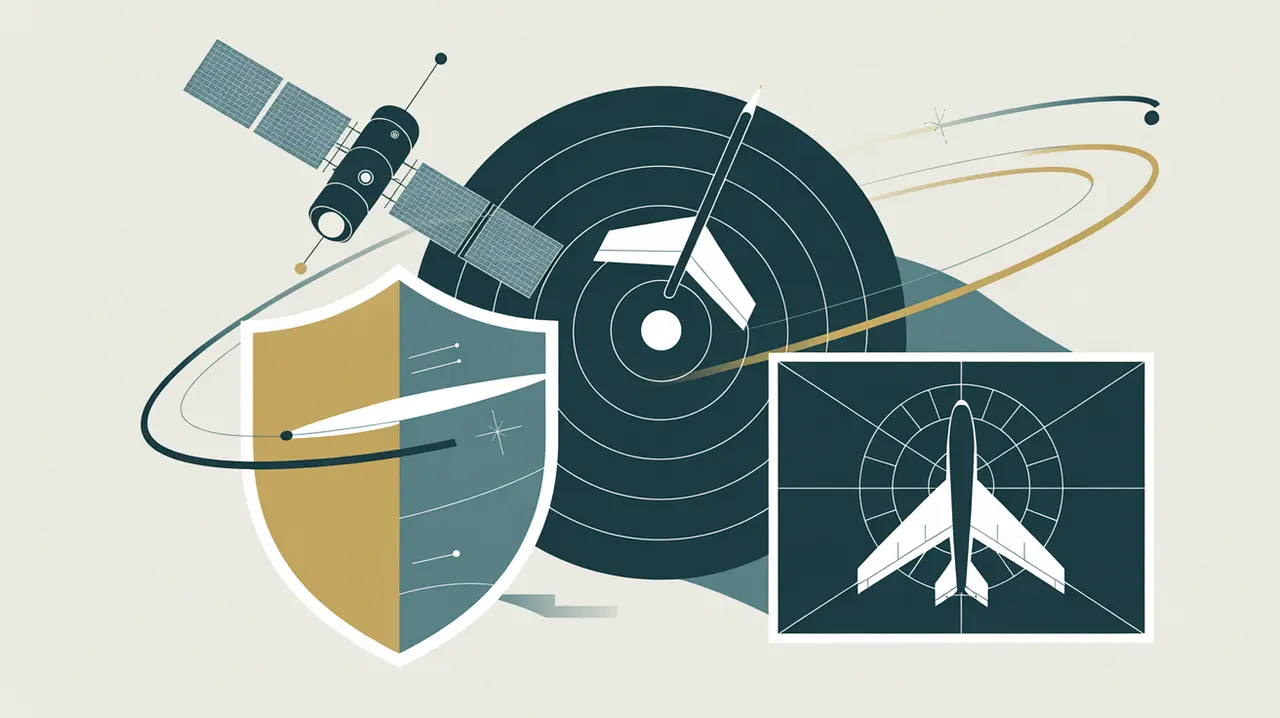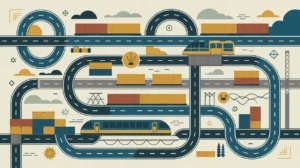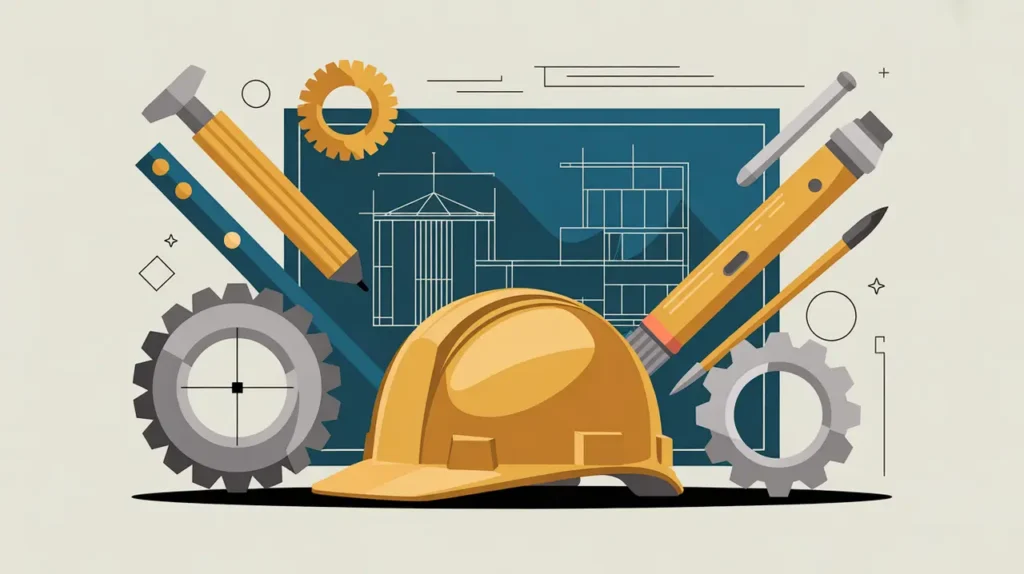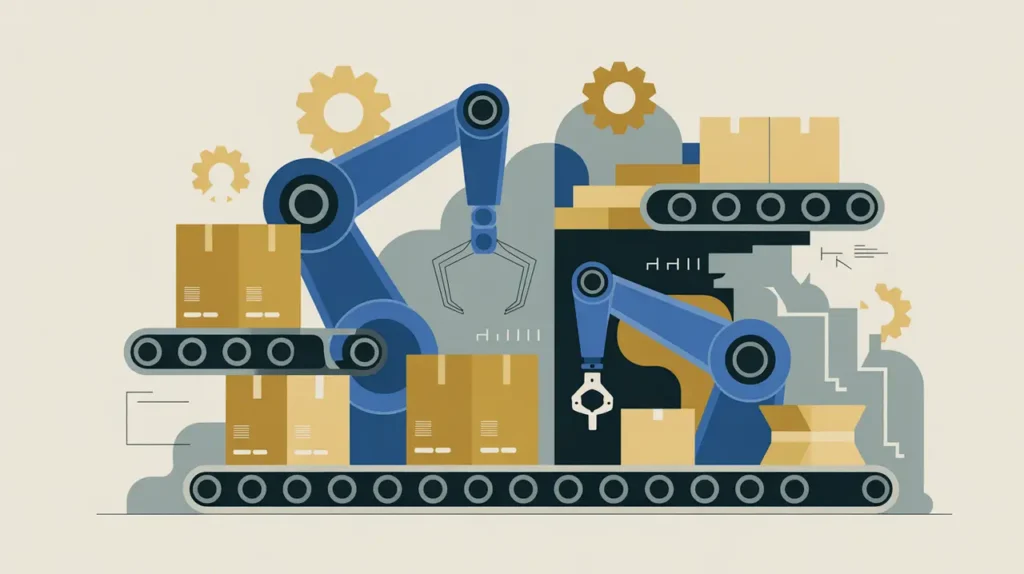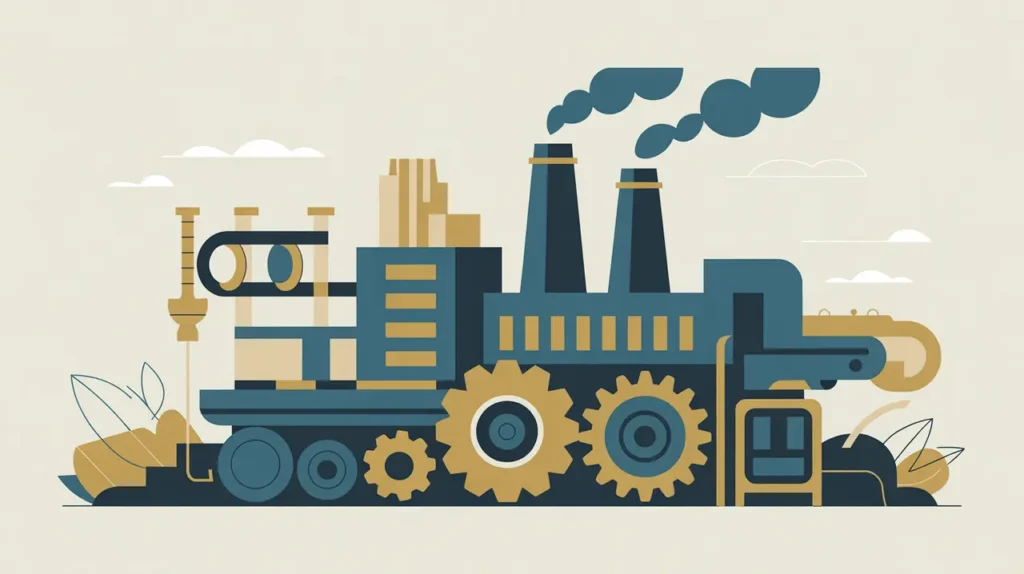Importance of Aerospace and Defense
Aerospace and defense play a complex role in international development and social innovation. On one hand, they represent industries tied to national security, advanced technology, and significant public expenditure. On the other, their innovations often spill over into civilian applications that transform communication, health, logistics, and disaster response. For nonprofits and global actors, understanding this field is crucial because defense budgets influence public finance priorities, and aerospace technologies underpin humanitarian operations, satellite mapping, and climate monitoring.
Definition and Features
Aerospace and defense refers to the design, production, and deployment of aircraft, spacecraft, and defense systems, as well as the policies and institutions that govern them. Features relevant to development contexts include:
- Dual-Use Technology: innovations serving both military and civilian purposes (e.g., GPS, drones).
- Public Expenditure: defense budgets as a significant portion of government spending.
- Global Security Dynamics: defense industries shaped by geopolitics and alliances.
- Infrastructure Support: aerospace systems enabling communication, logistics, and data collection in development work.
How this Works in Practice
In practice, aerospace and defense intersect with development through humanitarian logistics (airlifting aid to conflict zones), satellite imagery for agriculture and climate monitoring, and drone technology for medical supply delivery. For example, satellite systems developed under defense contracts now provide critical data for tracking deforestation or predicting weather shocks. Nonprofits may collaborate with aerospace companies to improve last-mile distribution or to access tools for crisis mapping. However, the sector also raises ethical concerns about militarization, arms proliferation, and the diversion of resources away from social investment.
Implications for Social Innovation
For social innovators, aerospace and defense represent both opportunity and constraint. On the opportunity side, aerospace technology can enhance precision agriculture, disaster preparedness, and connectivity for remote communities. On the constraint side, high defense spending can crowd out social investment, and partnerships in this sector can raise reputational risks. Proximate actors navigating this field must balance access to cutting-edge technology with advocacy for peace, disarmament, and resource allocation to human development. By engaging critically, social innovation can redirect aerospace advances toward public goods while challenging defense structures that perpetuate conflict.
